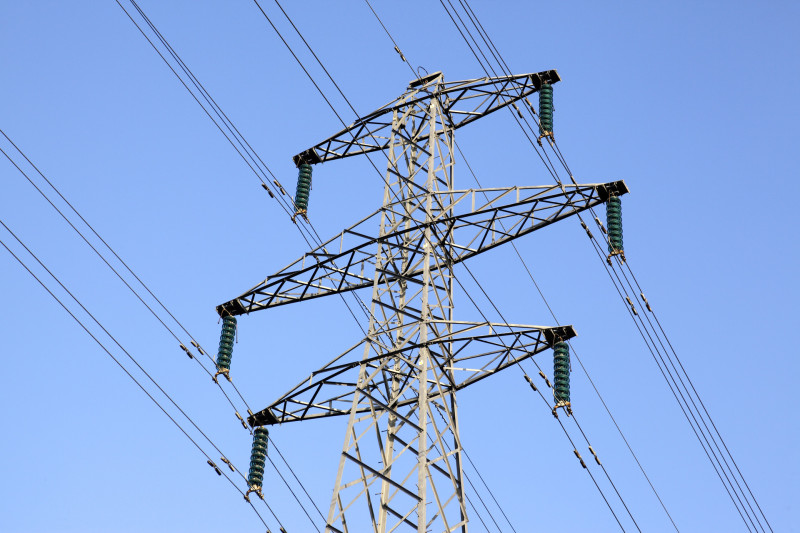Most residential customers in California will see their electricity bills increase under a new rate structure passed Friday by state regulators.
The Public Utilities Commission unanimously approved a plan that raises rates on more efficient users while giving a break to big energy users.
It is the first overhaul of the rate system since brownouts roiled California 15 years ago. Legislators at the time expanded rate-paying tiers from two to four and froze lowest-tier rates to protect households from huge swings in energy bills.
The new proposal calls for a return to two tiers, plus a surcharge for the highest electricity users. The rate structure would impact 75 percent of California's residential customers, or more than 10 million electricity accounts held through Southern California Edison, Pacific Gas & Electric Co. and San Diego Gas & Electric Co.
Utilities have long complained that the steeply-tiered system means higher-use households have unfairly subsidized low-use households for years. They say that the gap has only increased, with low-use households not even paying for the cost of supplying electricity.
